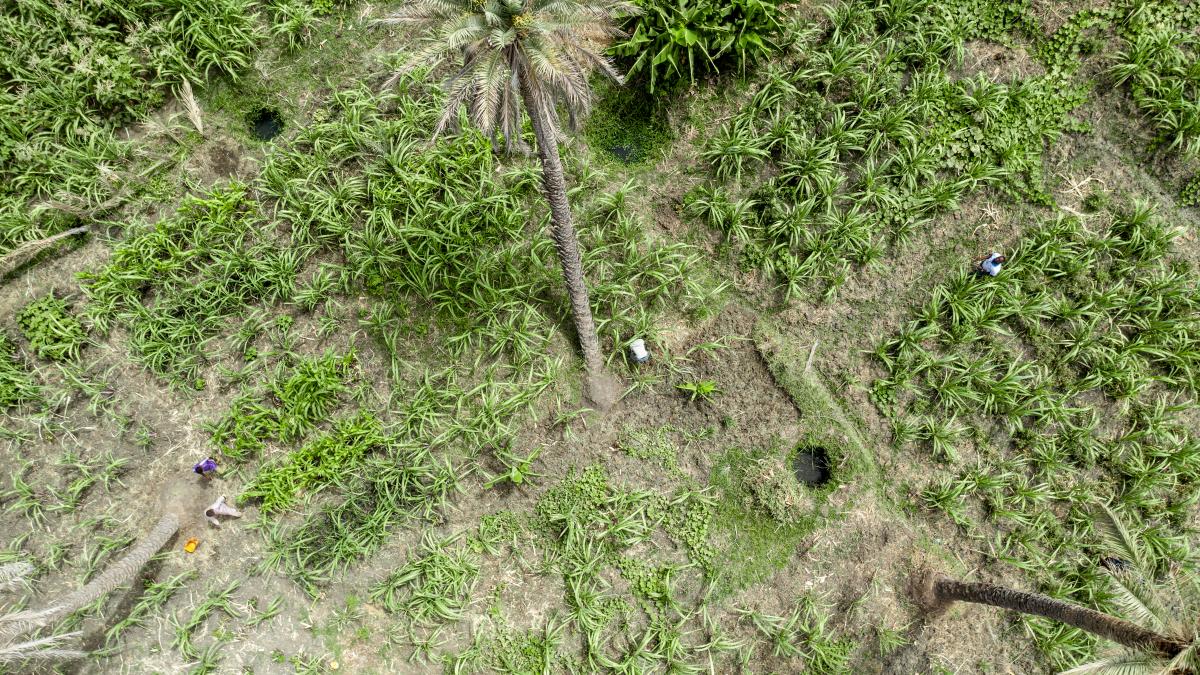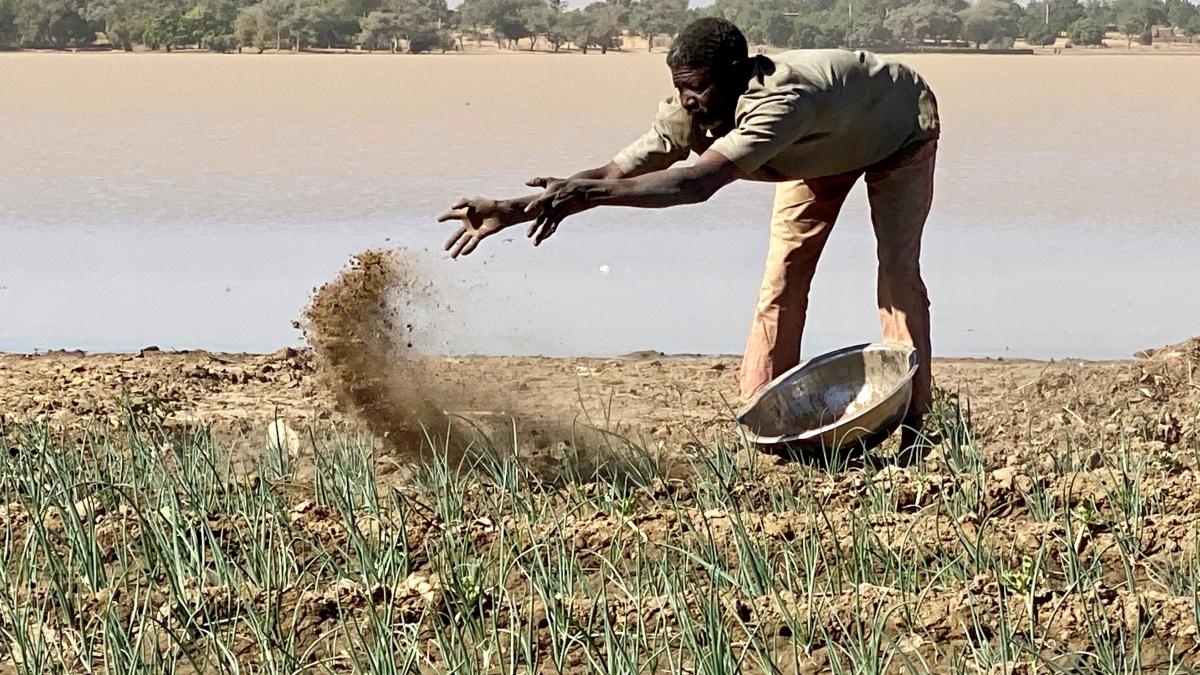
Niger regularly experiences low and variable rainfalls, land degradation, deforestation, and desertification. Most Nigeriens depend on agriculture for their livelihoods, and frequent droughts in the region often lead to food shortages. The resulting chronic food insecurity and a high prevalence of infectious diseases have led Niger to record some of the highest malnutrition and mortality rates in the world.
More than 47 percent of children under 5 years of age suffer from chronic malnutrition. According to the United Nations World Food Program’s estimates, more than 1.9 million people in Niger were affected by severe food insecurity in 2020. Another 1.5 million are estimated to be chronically food insecure, and millions more experience periodic food shortages during the lean season.
OUR WORK
USAID food security programs in Niger are designed to spur more opportunities for employment, contribute to regional food security and stability, and help people rise out of extreme poverty and recover from recurring shocks.
AGRICULTURE
USAID is supporting Niger’s agriculture sector with a focus on the most vulnerable. Under the Resilience in the Sahel Enhanced (RISE II) program and other regional activities, USAID is working on several fronts: increased access to credit; more economic opportunities; improved natural resource and soil management; increased farming production; and better access to nutritious foods. In addition, USAID is working with farmer groups to improve the competitiveness and inclusiveness of three value chains: cowpeas (a type of bean similar to black-eyed peas), small ruminants (such as goats and sheep), and poultry.
FOOD SECURITY
USAID is reducing food insecurity in Niger through a combination of emergency humanitarian and development assistance. USAID’s Bureau of Humanitarian Affairs, in collaboration with other development activities under the RISE II project, form the core of the food security program in Niger.
USAID designed these projects in response to a pattern of repeated crises. These have been taking place over the past several decades because local populations do not have the means to prevent, go through, and recover from are commonly referred to as shocks. Shock types vary but they typically include natural catastrophes such as floods, droughts, and storms, or man-made crises such as political unrest or violent extremism. One’s ability to prevent, go through, and rebound from shocks is called resilience.
The RISE II project addresses the causes of people's and communities’ chronic vulnerability to shocks by increasing their resilience. This can be done by helping them develop more and better ways to make a living, and improve their overall health and nutrition.
OUR GOALS
Reduced malnutrition in target areas,
Reduced vulnerability and need for humanitarian assistance,
Reduced food insecurity through increased food and water availability and improved livelihoods,
Improved productivity in the agriculture sector and livestock industries,
Increased representation of women and youth in food and nutrition activities at the community level.

